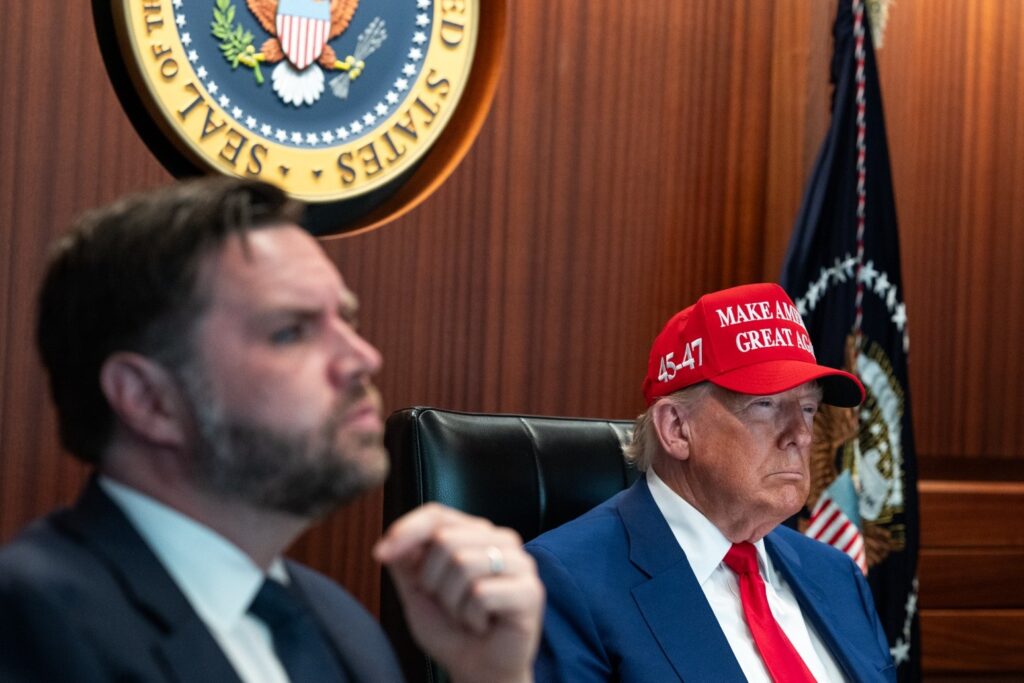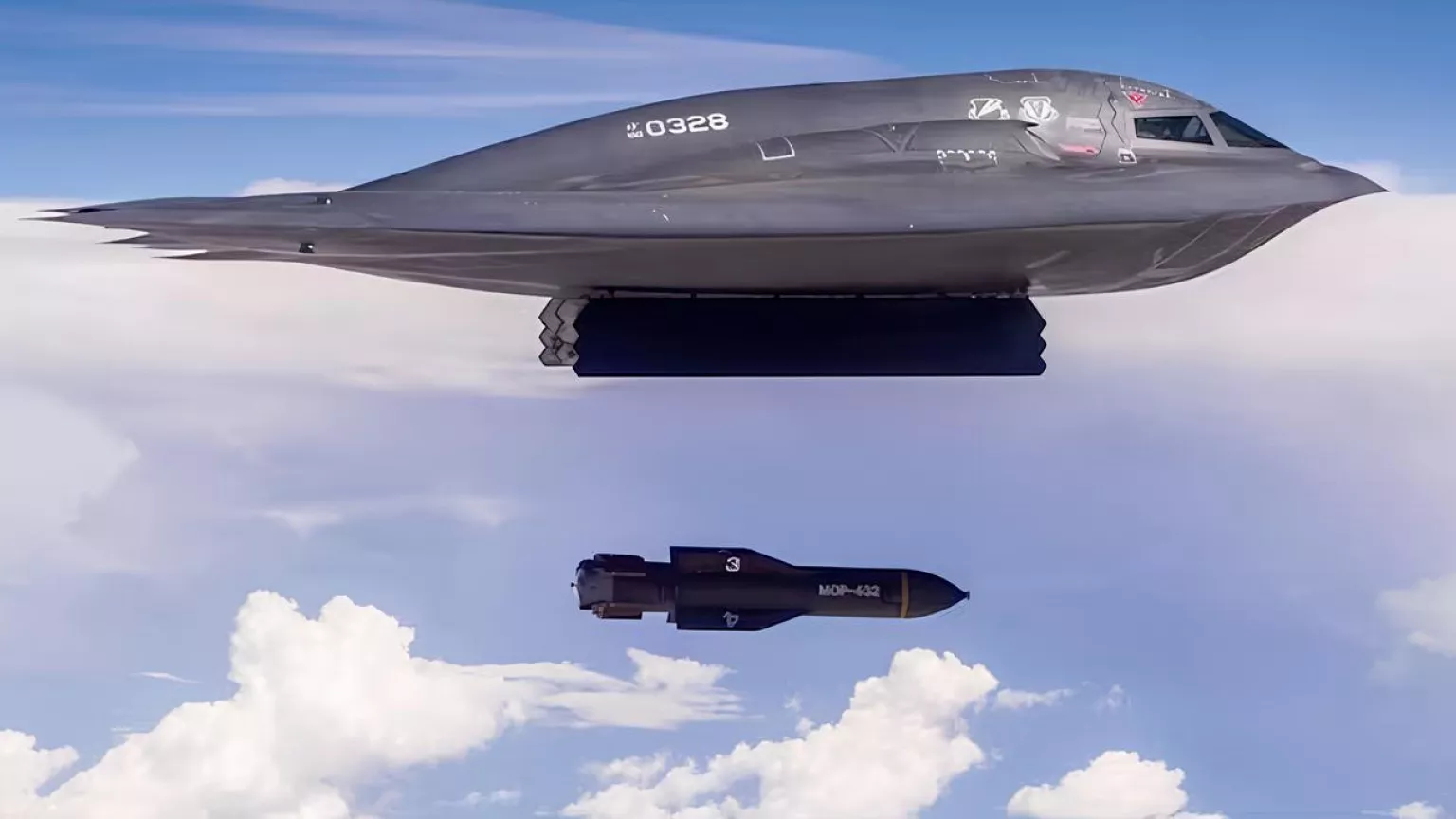In a move that has sent shockwaves across global capitals, the American Strikes on Iranian has launched targeted military strikes on Iranian nuclear facilities, escalating tensions in the already volatile Middle East. The strikes, aimed at crippling Iran’s ability to develop nuclear weapons, mark a dramatic shift in U.S. foreign policy and military engagement in the region. As the world watches closely, questions arise about the future of the Iran nuclear deal, the stability of the region, and the possibility of a broader military conflict

What Triggered the American Strikes on Iranian?
The American Strikes came after weeks of growing hostility and intelligence reports suggesting Iran had resumed high-level uranium enrichment at previously inactive sites. U.S. officials claimed the decision was based on “credible evidence” that Iran was moving toward weaponization — a violation of the 2015 Joint Comprehensive Plan of Action (JCPOA), which the U.S. had exited in 2018 under the Trump administration.
Satellite imagery showed intensified activity at the Fordow and Natanz nuclear sites. In response, the U.S. government authorized precision airstrikes aimed at disabling key infrastructure without causing mass civilian casualties.
Details of the Military Operation
The coordinated operation reportedly involved stealth bombers, long-range drones, and cyber-attacks designed to disable Iranian air defenses. According to Pentagon sources, the primary targets were underground centrifuge facilities, uranium stockpiles, and key research labs.
Initial reports from Iran indicate significant damage to at least two sites, with the Iranian government vowing a “severe and strategic” response. The Iranian Revolutionary Guard has already mobilized assets near the Strait of Hormuz, a key global oil shipping route, raising fears of further escalation.
Reactions from the Global Community
United Nations: The UN Security Council held an emergency session, with Secretary-General António Guterres urging all parties to show restraint and calling for a return to diplomatic solutions.
Israel and Gulf States: Israel has publicly backed the strikes, with Prime Minister stating that the U.S. acted in the interest of “global peace and regional stability.” Saudi Arabia and the UAE have remained cautious, offering limited public statements while reportedly raising alert levels.
Russia and China: Both countries condemned the strikes, accusing the U.S. of unilateral aggression and undermining international law. They also warned of potential retaliatory measures in international forums.
Europe: The European Union, while acknowledging concerns about Iran’s nuclear ambitions, expressed regret over the use of force, emphasizing the need to revive the JCPOA framework.
The Future of the Iran Nuclear Deal
With trust between Iran and the West at an all-time low, the future of the Iran nuclear deal appears bleak. Iran’s Supreme Leader has declared an end to all diplomatic negotiations with the U.S., while continuing to claim its nuclear program is purely for peaceful purposes.
Experts believe that any revival of the JCPOA will now be significantly more difficult, especially with hardliners gaining influence in Tehran. The breakdown of diplomatic channels may lead to increased proxy warfare across the Middle East, particularly in Lebanon, Syria, Iraq, and Yemen.
Economic and Energy Market Implications
The American Strikes have already impacted global oil markets, with crude prices spiking over 10% within 24 hours. Fears of supply chain disruptions, particularly if Iran blocks the Strait of Hormuz, could drive prices even higher.
U.S. officials have reassured allies that strategic oil reserves are ready to stabilize markets. However, energy analysts warn that prolonged conflict could lead to economic instability in oil-importing nations and spark a global recession.
Risk of Broader Conflict
While the strikes were described as “limited and tactical,” the risk of a full-scale regional war remains high. Iran-backed militias across the Middle East could target U.S. bases, embassies, and allied infrastructure, sparking further military responses.
The American Strikes has already deployed additional naval forces to the Persian Gulf and placed its regional allies on high alert. The possibility of cyber-attacks, terrorist retaliation, and proxy engagements looms large over the next few weeks.
Conclusion
The American Strikes on Iranian nuclear sites represent a dangerous turning point in U.S.-Iran relations and Middle Eastern geopolitics. While the immediate goal may have been to delay Iran’s nuclear capabilities, the long-term consequences — from global economic disruptions to increased regional instability — remain uncertain.
As world powers weigh their next moves, the hope for a diplomatic solution grows dim. The coming days and weeks will be crucial in determining whether this incident marks the beginning of a broader conflict or a wake-up call for renewed international engagement.
Would you like this article American Strikes on Iranian give your opinion?

